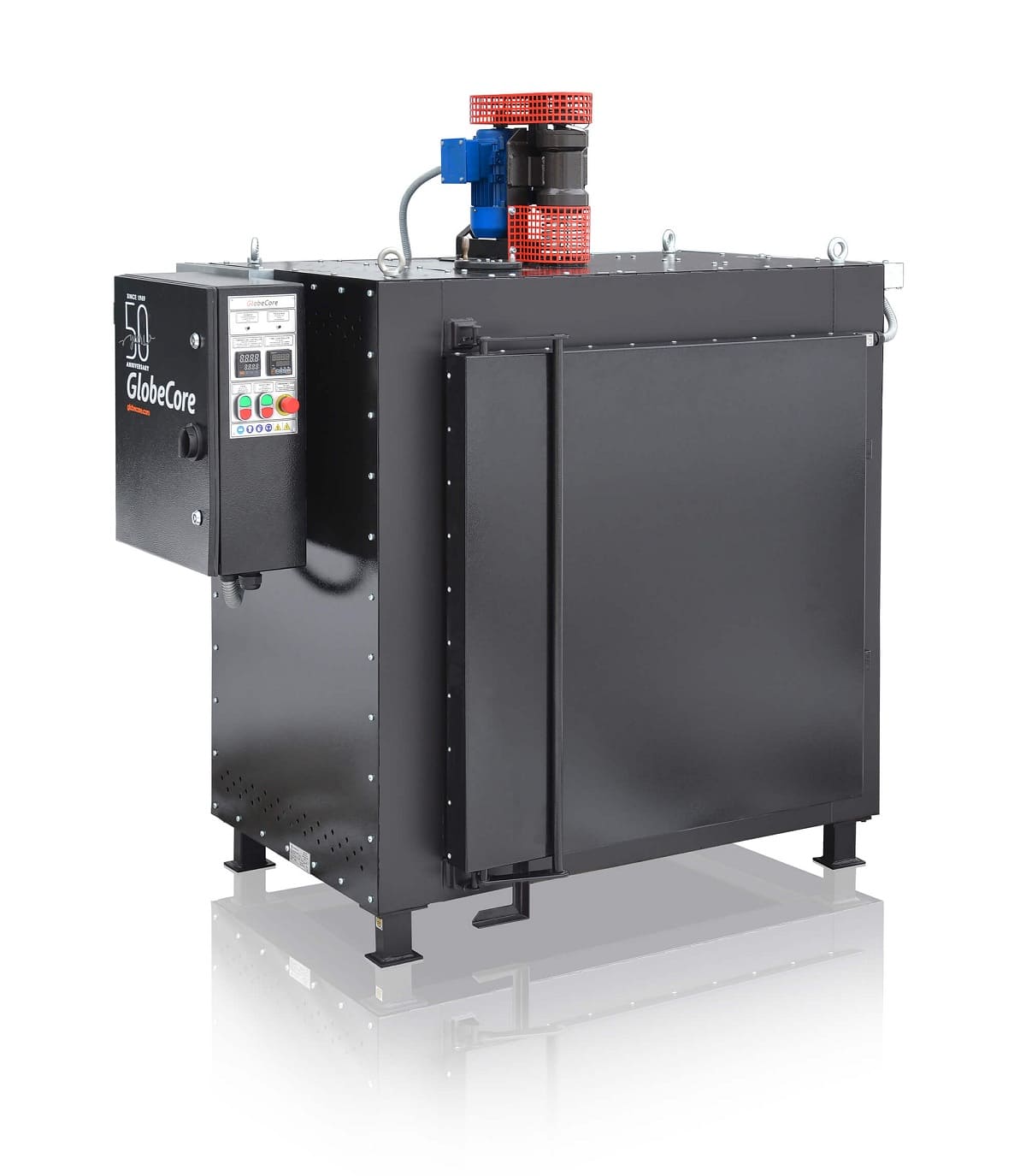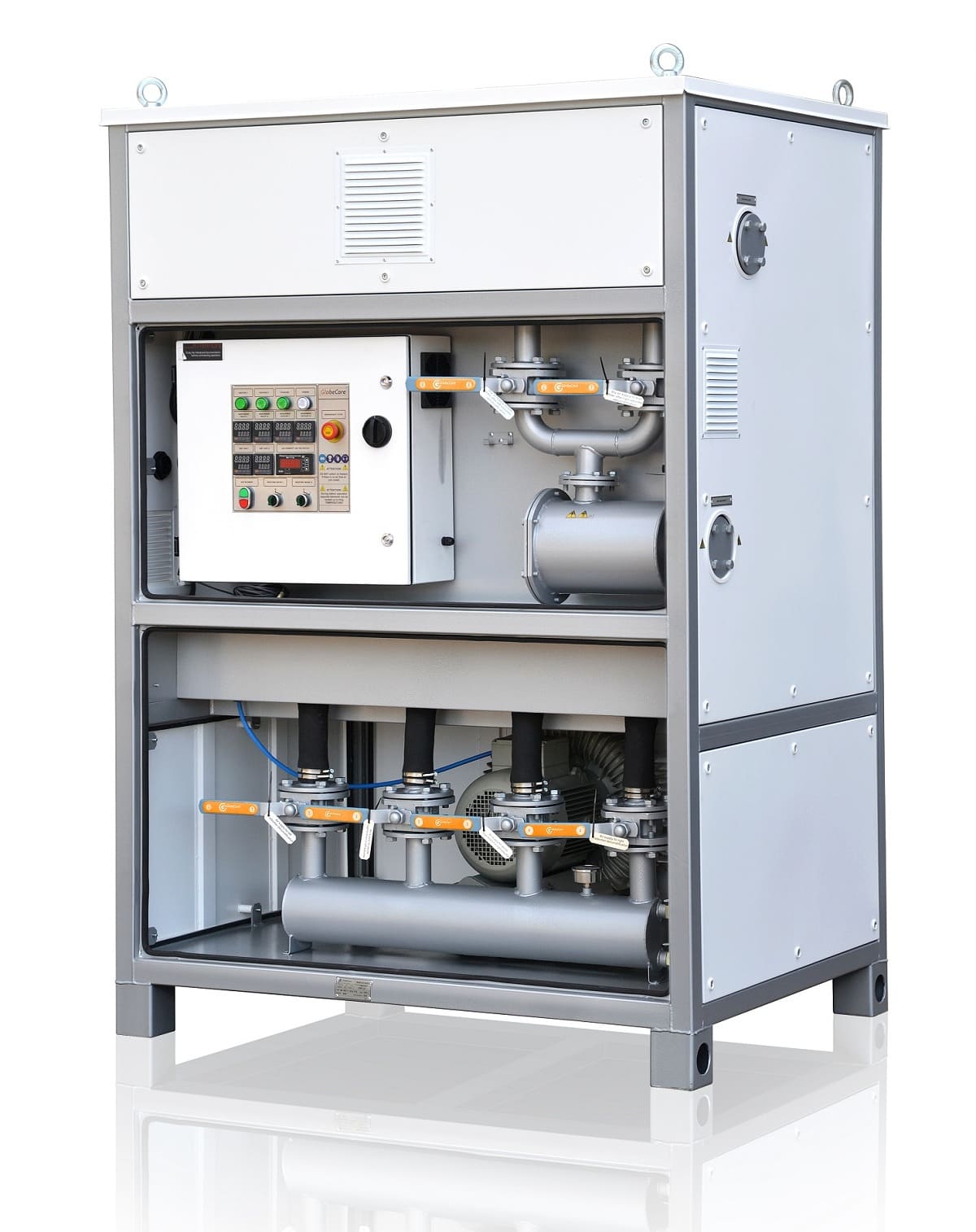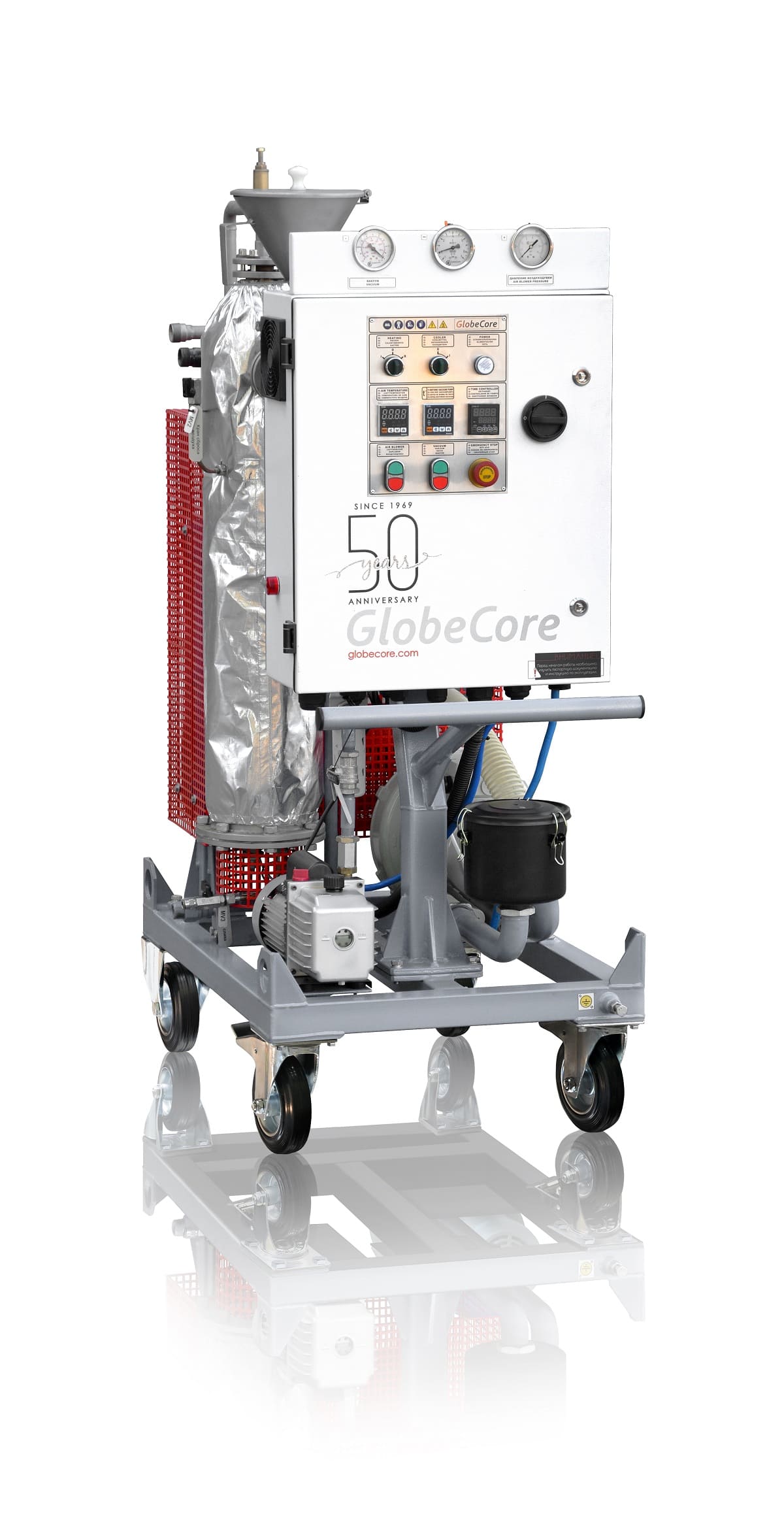What Design Considerations should be taken into account when setting up an Air Drying System for transformers?
- Este tópico contém 1 resposta, 2 utilizadores e foi actualizado pela última vez há 1 ano, 2 meses por .
Answers
-
Outubro 7, 2024 às 10:41 am by Tyler Hill
Designing an Air Drying System for transformers requires careful consideration of several factors to ensure optimal performance and efficiency. Transformer Size and Oil Volume are primary considerations, as they determine the required airflow capacity and heating power needed for effective moisture removal. Airflow Rate must be sufficient to circulate dry air through the oil, facilitating efficient drying without causing excessive cooling or heating. Temperature Control is essential to maintain optimal drying temperatures that enhance moisture evaporation without degrading the oil. Humidity Levels in the circulating air should be managed to maximize moisture absorption. System Layout and Space must accommodate all components, including heaters, fans, filters, and control units, while allowing for easy maintenance access. Energy Efficiency should be prioritized by selecting energy-efficient motors and heating elements to reduce operational costs. Filtration Systems must be robust to prevent recontamination of the oil. Control and Monitoring Systems should be integrated to provide real-time data on drying parameters, enabling automated adjustments for optimal performance. Additionally, Safety Features such as alarms, emergency shut-offs, and proper ventilation are crucial to prevent accidents and ensure safe operation. Finally, Scalability and Flexibility allow the system to adapt to varying maintenance needs and transformer capacities, ensuring long-term utility and effectiveness.



